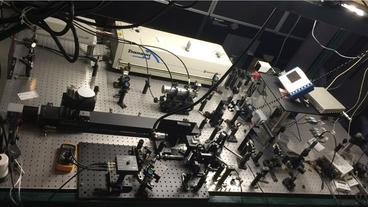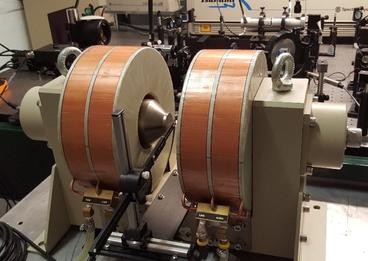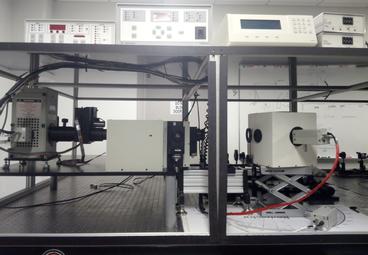Micro/Nanoscale Thermal Transport Lab
The Wang group at the University of Minnesota (UMN) focuses on the basic science and engineering of energy transport in nanostructured materials and across nanoscale interfaces. We explore the mechanisms through which light (photons, electromagnetic waves), charge (movement of electrons), heat (vibration of crystalline lattices), and spin (angular momentum of electrons) are converted to useful forms of energy (e.g., electricity), and their applications (e.g., electronic cooling and data storage). To achieve this, we invent and implement state-of-the-art ultrafast measurement methods to reveal the rich physics of heat and spin transport, which enables us to better design and optimize materials with desirable functionalities.
MNTTL currently has 3 research directions:
(1) Utilizing ultrafast laser spectroscopy to investigate thermal transport properties of materials and interfaces
(2) Measuring magnetization dynamics through TR-MOKE measurements of spin precession in thin film devices
(3) Exploring material radiative properties and the optical response of micro/nano-engineered structures when they interact with light, which provides insight for designing such structures for better control of spectral, directional, and polarization selectivity
Facilities:
MNTTL research is done inside of a recently renovated, 1200 square foot lab space (ME 55) with a connected office for research assistants (ME 57).
Students in MNTTL also have access to the University of Minnesota Characterization Facility for further sample measurements as well as the Minnesota Supercomputing Institute (MSI), currently used for optical simulations using Lumerical FDTD.
Funding:
NSF (2018-2022 and 2022-2025)
NSF MRSEC (2017 - 2026)
NSF UMN/MRSEC Seed (2015 - 2017 and 2022-2023)
MN Futures (2019-2022)
ASRC (2018-2021)
3M (2018-2020)
IonE (2017-2019)
LCCMR (2016 - 2019)
C-SPIN Seed, funded by SRC and DARPA (2016 - 2017)


